Frozen Shoulder
Frozen shoulder, which is also called adhesive capsulitis, is a condition in which the movement of the shoulder becomes limited and painful. It occurs because the shoulder joint capsule, which is the connective tissue surrounding the shoulder joint, becomes inflamed and thick. The shoulder joint capsule contains ligaments that connect the upper arm bone (humeral head) to the shoulder socket (glenoid). The more pain experienced, the less likely the shoulder will be moved resulting in the condition known as “frozen” shoulder. The shoulder becomes “frozen” and difficult to move because not using the shoulder as much as normal causes the shoulder capsule to become tighter and thicker.
(article continues below the video)
(continued article text)
Risk factors for developing frozen shoulder include
Age, more commonly between 40 and 60 years of age
Gender, more commonly in women
Diabetes
Cervical disc disease
A recent shoulder injury or surgery that requires no moving the shoulder
Medical conditions such as hypothyroidism, hyperthyroidism, stroke, Parkinson’s disease, heart disease
Frozen shoulder symptoms occur in stages:
In the “freezing” stage, which lasts six weeks to nine months, the shoulder becomes increasingly stiff and painful to move, worse at night.
In the “frozen” stage, which lasts two to six months, the pain may slightly improve. However, the shoulder is stiff.
In the “thawing” stage, which lasts six months to two years, the pain decreases, shoulder range of motion slowly improves, and shoulder strength slowly improves, resulting in near full or full recovery.
To diagnose frozen shoulder, the doctor must review your medical history, review your symptoms, and examine your shoulders and arms. And your doctor may order imaging tests such as x-rays, MRIs, and ultrasound although they are usually not needed to diagnose frozen shoulder. If your doctor suspects the medical conditions outlined above, she may order laboratory blood studies.
Pain relief methods are usually the treatment until the first phase passes. Physical therapy and surgery may be required to recover motion if it does not return on its own.
Basic treatments include
Hot and cold compresses to reduce swelling and pain
Medicines that reduce swelling and pain such as NSAIDs (Advil, ibuprofen, Motrin, etc.) and acetaminophen (Tylenol)
Steroid injections into the shoulder joint for severe swelling and pain
Physical therapy
Transcutaneous electrical nerve stimulation (TENS) to reduce pain by blocking nerve transmission
Pain relief patches such as Flector 1.3%, a NSAID
Pain relief creams such as Voltaren gel, a NSAID
If the basic treatments have not improved shoulder range of motion and pain after approximately one year, more advanced treatments may be attempted.
Advanced treatments include
Manipulation under anesthesia which involves the forcible movement of the shoulder, while asleep, to stretch or tear the shoulder joint capsule; and
Shoulder capsulotomy and arthroscopy to cut through the shoulder joint capsule using a tiny camera inserted through a small cut.
Basic treatments commonly result in the complete return of shoulder function and motion within one year or less. If untreated, shoulder function and motion commonly reach full or nearly full recovery after approximately two to three years. Frozen shoulders may recur and occasionally affect both shoulders.
The probability of a frozen shoulder developing can be decreased by starting physical therapy soon after any shoulder injury or surgery that results in painful or strenuous shoulder movement. Your doctor and physical therapist can design an exercise program to suit your specific condition.
Tania Faruque MD is the medical director of Palomar Spine & Pain, in Escondido, CA (North San Diego County).
